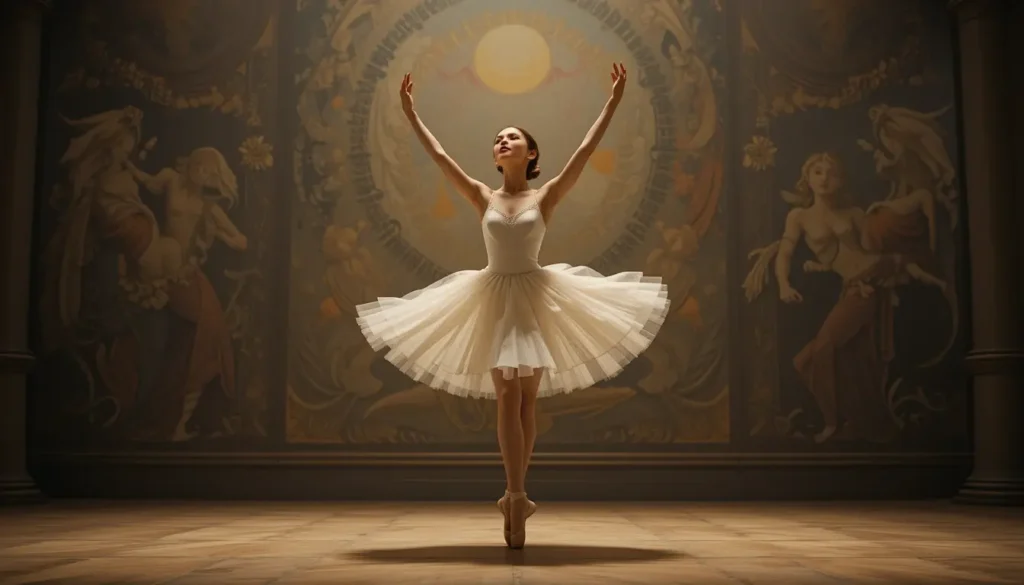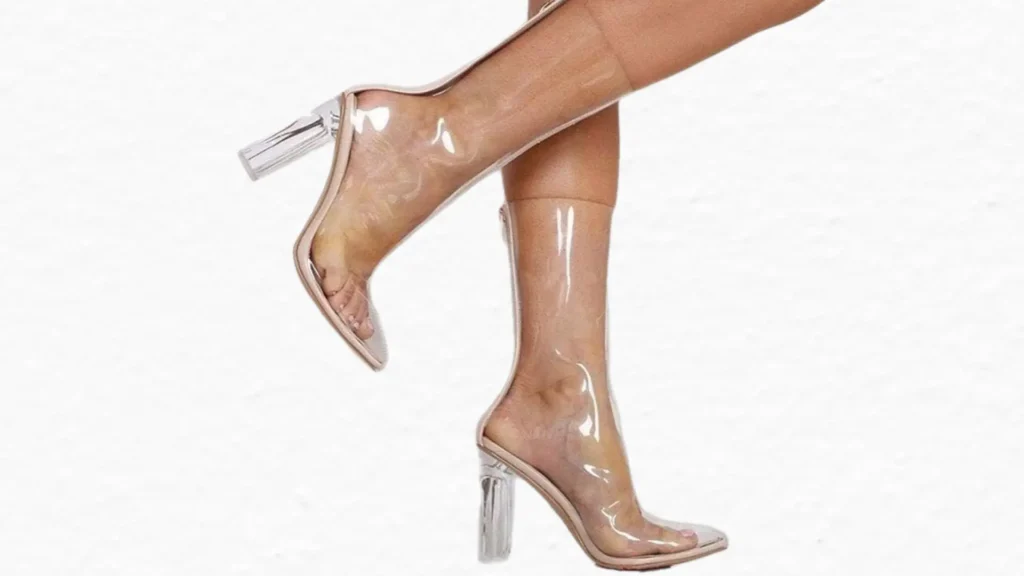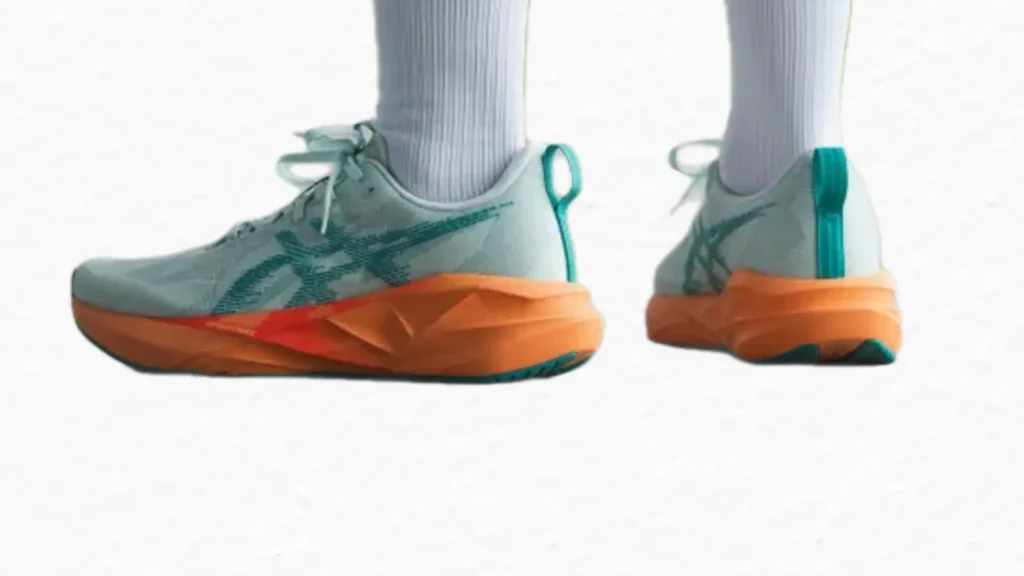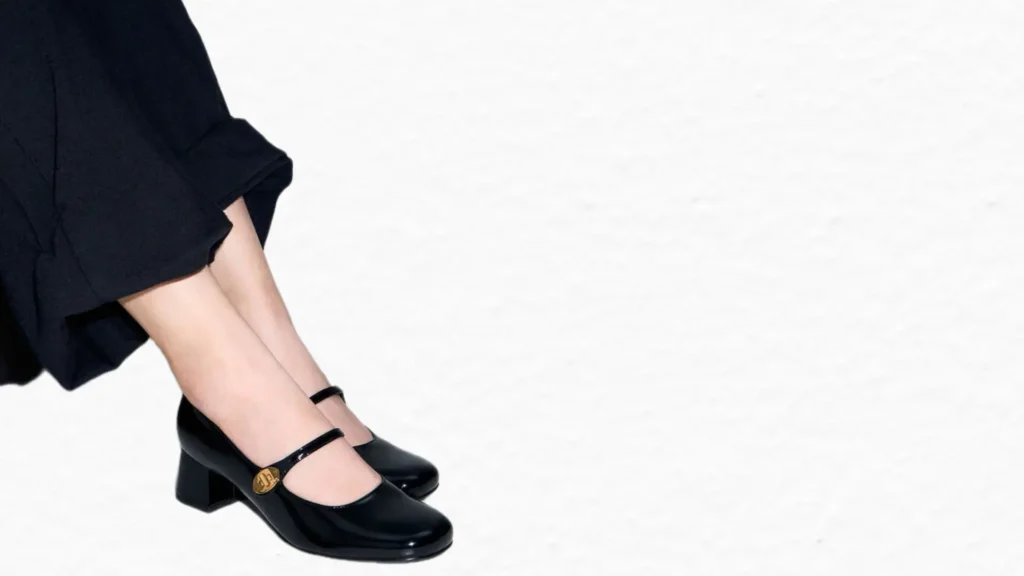Behind every graceful step, many dancers feel sharp pain in their feet, knees, or lower back. This discomfort can cut dreams short and take joy away from performing. What if the shoes you wear could change everything?
This article explores how orthopedic shoes are reshaping the world of dance. We’ll go into why support matters, what features make a real difference, and how to find pairs that balance flexibility with comfort.
You will also see how orthopedic designs are helping both beginners and professionals move longer without harm. By the end, you’ll know exactly what to look for before buying your next pair.
Every dance step adds pressure on the foot. Repeated turns, jumps, and slides multiply the load. Over time, this stress can trigger conditions such as plantar fasciitis, bunions, and knee strain. Dancers who ignore early signs of pain risk long-term injuries.
Here is why shoes matter. A dancer’s foot is not just moving; it is absorbing shock, balancing the body, and directing movement. If the shoe lacks proper support, the body works harder, and pain builds up. Orthopedic shoes target this exact problem. They bring cushioning, alignment, and stability so the body can move safely.
Ignoring this factor can shorten a career. Choosing the right shoes extends endurance, lowers risk, and keeps dancers active for years. The need is clear: if you dance, your shoes should protect as much as they perform.
Features That Make Orthopedic Shoes Dance-Ready
This is where things get interesting. Many think orthopedic shoes are bulky or plain, but dance-specific orthopedic models prove otherwise. They combine medical-grade support with movement freedom. Let’s break down the features that matter most.
Flat shoes may feel light, but they strain the arches during constant movement. Orthopedic shoes use structured insoles that support the natural arch. This prevents collapsing inward and reduces knee and hip stress.
Every landing in dance pushes force back into the body. Orthopedic soles absorb this impact. Materials such as EVA foam or gel inserts spread the pressure so joints are spared. This is critical for dancers practicing for long hours.
Dancers need to bend and point their feet. Orthopedic shoes designed for dance keep the forefoot flexible while supporting the heel and midfoot. This balance lets dancers move naturally without stiffness.
A cramped front section forces toes into painful positions. Orthopedic shoes widen this space, letting toes spread during spins and leaps. This helps with stability and lowers the risk of bunions.
The heel is the anchor of every step. Orthopedic shoes add firm counters at the heel to keep alignment steady. This prevents wobbling during fast changes in direction.
These features turn footwear into a tool for health. They address problems before they grow and allow movement without restriction. That’s why dancers across styles are starting to see orthopedic options as an upgrade, not a compromise.
Styles of Dance and Shoe Choices
Different dances place different demands on the body. The right orthopedic shoe should match the movement style. Without this match, you risk pain, fatigue, and loss of control. With the right choice, every step feels safer and more natural.
Ballet and Contemporary
Ballet and contemporary dance focus on precision, fluidity, and extended movement of the feet. Traditional ballet slippers and pointe shoes give grace but very little protection. Dancers who practice for long hours on these shoes can develop stress injuries in the arch, heel, and ankles.
Orthopedic ballet flats solve this issue. They keep the slim, elegant design but include hidden support. Arch padding prevents the foot from collapsing, and cushioned soles reduce impact during jumps. They allow the foot to articulate fully while reducing strain.
For contemporary dancers, movement is wider and closer to the floor. Slides, rolls, and jumps put constant stress on joints. Split-sole orthopedic sneakers meet this demand by bending easily with the foot. They also include shock absorption in the heel and midsole, so the body feels less of the impact during high-energy sequences.
These designs prove that orthopedic options can deliver both freedom of movement and safety. Instead of restricting motion, they help dancers stay fluid while preventing long-term damage.
Ballroom and Latin
Ballroom dancers spend hours in rehearsal halls with hard flooring. The repetitive gliding and turning cause pressure on the knees, hips, and lower back. Traditional ballroom shoes have narrow bases and high heels, which add stress to alignment. Over time, this can result in joint discomfort or loss of stability.
Orthopedic ballroom shoes look close to traditional designs but are built with added protection. Padded insoles distribute pressure across the whole foot. Strong arch support keeps posture aligned during long rehearsals. Low-stress heels reduce the strain of weight shifts while still keeping the elegant profile ballroom requires.
Latin dancing has faster footwork, sharper spins, and more aggressive hip movements. These moves demand both speed and control. Orthopedic Latin shoes meet the challenge by using stable bases that grip the floor well. They reduce the chance of ankle rolls while making turns smoother. They also cushion the ball of the foot, which is critical since many Latin steps push weight onto the forefoot.
With these supportive designs, dancers do not have to sacrifice performance. They gain both safety and confidence, ensuring their focus stays on movement and expression rather than pain.
Jazz and Hip-Hop
Jazz and hip-hop demand speed, sharp direction changes, and explosive jumps. The body absorbs constant shock from leaps, spins, and floor hits. Knees, shins, and ankles are especially vulnerable because the movements push joints beyond normal walking loads. Without proper shoes, dancers face soreness, sprains, and chronic overuse injuries.
Orthopedic sneakers for these styles focus on impact protection. Reinforced midsoles spread the pressure across the foot so no single area carries the full force. Shock-absorbing outsoles reduce stress during landings, making repeated jumps safer. These shoes also include pivot points on the sole, which help dancers turn smoothly without straining the knees.
Flexibility matters just as much. Jazz and hip-hop choreography requires fast changes in direction and moves that demand the foot to bend naturally. Orthopedic sneakers designed with flexible uppers adapt to these demands without feeling heavy. They give the energy return needed for big moves while keeping the joints stable and protected.
Tap
Tap is unique because sound matters as much as movement. Traditional tap shoes are stiff with metal plates to amplify rhythm. But repeated stomps and strikes send powerful vibrations up the legs, which can harm the feet, knees, and hips over time. Without support, many tap dancers develop heel pain or stress in the arches.
Orthopedic tap shoes solve this without altering the sound. Reinforced soles still carry the metal taps needed for crisp beats, but the base includes added cushioning. This padding absorbs shock while letting the sound project clearly. Extra arch support keeps the foot from flattening during strong steps, and secure heel counters reduce wobbling when weight shifts quickly.
The result is a shoe that protects the body without muting the art. Tap dancers can practice longer, strike harder, and maintain rhythm with less strain on their joints. For performers doing multiple shows per week, this design becomes essential for long-term health.
Social and Recreational Dance
Not all dancers are professionals. Many people join salsa nights, Zumba classes, or community events where movement varies from session to session. These dancers face mixed demands—quick spins, aerobic-style jumps, and long sessions of repetitive steps. Standard casual sneakers lack the targeted support for these diverse moves.
Orthopedic cross-training dance sneakers meet this need by blending versatility with protection. They include multi-directional soles that grip well during spins yet allow sliding when needed. Cushioning systems reduce joint stress during high-impact Zumba jumps. At the same time, arch and heel support help maintain balance through slower, controlled social dances like salsa or bachata.
The versatility of these shoes is their biggest strength. They allow casual dancers to participate in many forms without switching footwear. This balance of support and mobility makes them the most practical orthopedic option for anyone dancing for fun, fitness, or community connection.
The big insight: there is no single orthopedic shoe for all dance forms. Choosing depends on the movements you repeat most. The shoe should serve your style, not the other way around.
Many people think orthopedic shoes cannot look good. That is no longer true. Brands now create stylish designs that blend performance with aesthetics. Dance-specific orthopedic shoes come in sleek shapes and modern colors, proving that function and style can coexist.
This change matters because it removes a barrier. Dancers no longer have to choose between health and appearance. They can protect their bodies and still feel proud of their look.
Dancing brings joy, energy, and connection. But none of that matters if pain holds you back. Orthopedic shoes give dancers the support and flexibility they need to thrive.
The takeaway is simple: do not see them as medical gear. See them as performance tools. With the right pair, you protect your body, extend your practice time, and step on stage with confidence.
If dancing is part of your life, your shoes should protect that passion. Make the smart choice today, and your body will thank you for years to come.




